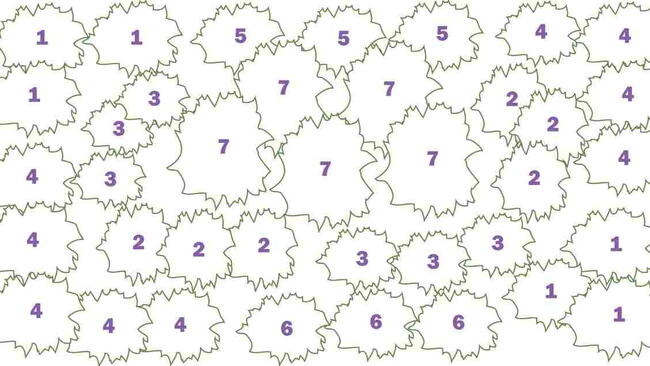
Photo Credit
Pixabay
Subhead
Planting, Growing, and Caring for Lily of the Valley
Read Next
Types
Convallaria majalis var. rosea has pink flowers. The flowers are less fragrant than the white varieties.
C. majalis ‘Albostriata’ has white flowers and variegated leaves. The green leaves have creamy-white stripes.
C. majalis ‘Bordeaux’ produces large white flowers on long stalks.
C. majalis ‘Fernwood’s Golden Slippers’ has attractive golden-green leaves in early spring.
Gardening Products
More Like This
Lilly of the valley has the most magnificent fragrance filled flower that I never want to be without. Everything in life and nature has a few “Draw backs,” but the little white flower and its wonderful fragrance will always be welcome in my home.
Why would anybody plant these knowing that they're invasive and poisonous? There are so many native plants (check your state) that are safer and much prettier than the invasive ones. Please don't encourage planting non-native invasives!
Lilly of the valley is not only aggressive, but invasive in Ontario, Canada. It cannot be contained. Please don’t plant it here.
It is invasive in the US also. I feel that Almanac should NOT encourage planting non-natives!!!!!!!!!
I adore Lily of the valley so fragrant plant them here in my home town Cleveland Tennessee love them










Comments